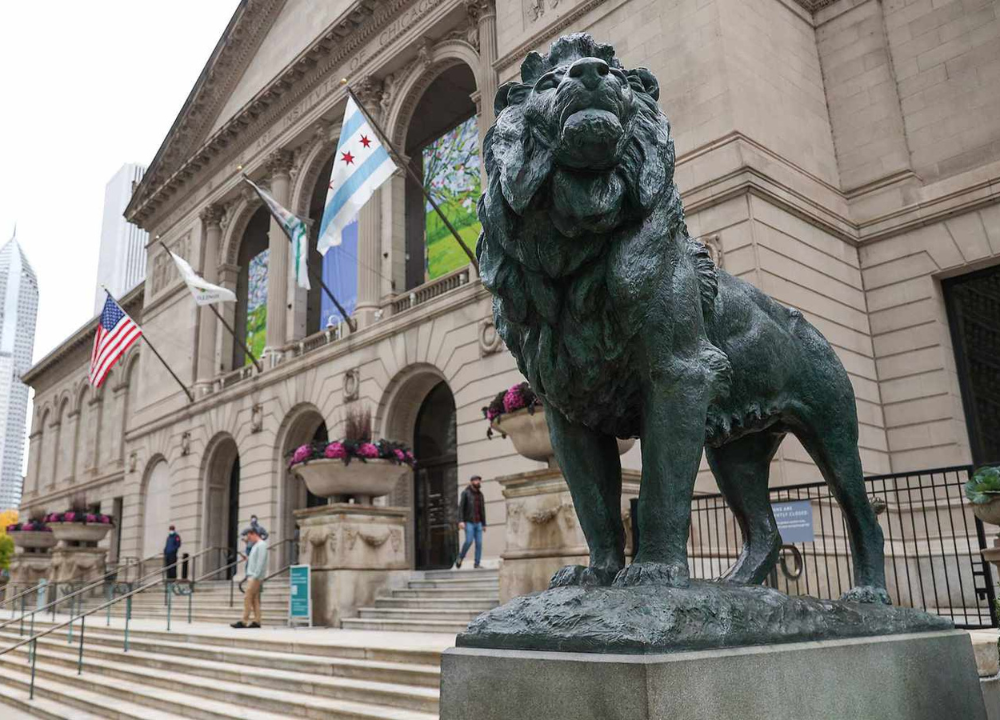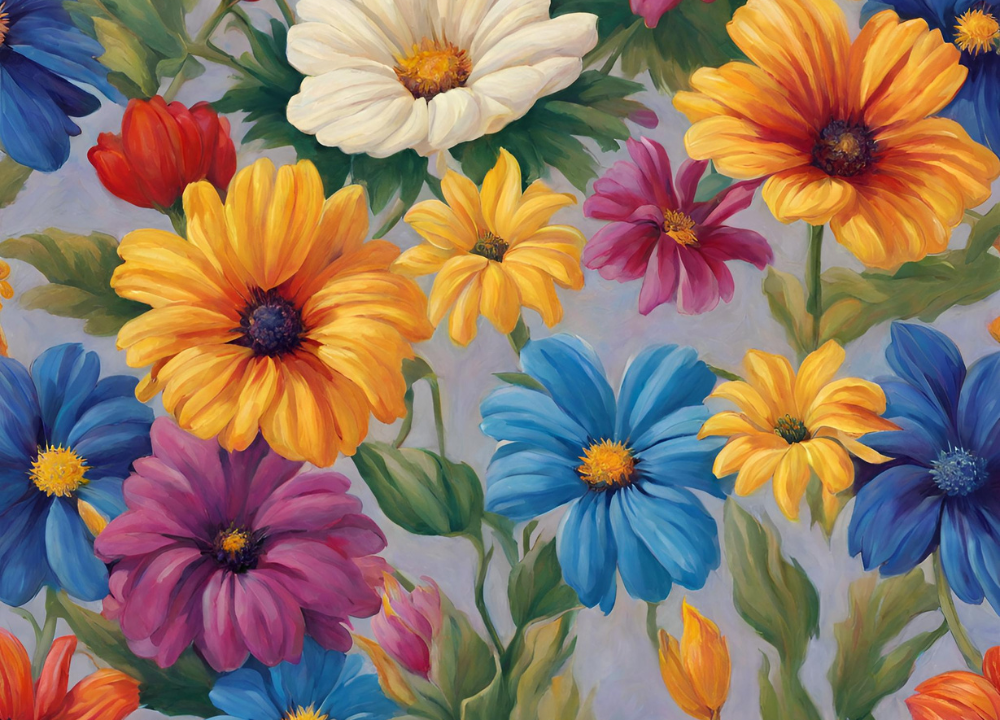David Hockney’s “Portrait of an Artist” is more than just a painting; it’s a window into the mind of a genius. Have you ever looked at a piece of art and felt an immediate connection?
This iconic work captures the essence of creativity and emotion in a way that’s hard to ignore. You might find yourself drawn to the vibrant colors and the story behind the brushstrokes. As you explore this masterpiece, you’ll uncover layers of meaning and inspiration that resonate deeply.
David Hockney’s Artistic Journey
Hockney’s journey as an artist is as colorful and complex as his work. He blends tradition with modern techniques. This blend has shaped his unique style. Understanding his journey helps us appreciate the depth of his art.
Early Life And Influences
David Hockney was born on July 9, 1937, in Bradford, England. His early life greatly influenced his art. Here are some key points:
- Hockney showed artistic talent from a young age.
- He studied at the Bradford School of Art.
- He later attended the Royal College of Art in London.
His studies exposed him to various art movements. These experiences shaped his style and vision.
Breaking Into The Art World
Hockney gained recognition in the 1960s. His work challenged traditional views of art. Key milestones include:
- His first solo exhibition in London in 1963.
- He became known for his vibrant colors and bold forms.
- His painting, “A Bigger Splash,” became iconic.
His unique perspective drew attention. He became a leading figure in the pop art movement.
Exploration Of Different Mediums
Throughout his career, Hockney explored various mediums. This exploration enriched his artistic expression. Some notable mediums include:
| Medium | Characteristics |
|---|---|
| Painting | Vibrant colors, emotional depth |
| Photography | Collages, new perspectives |
| Digital Art | Innovative techniques, modern tools |
His willingness to experiment has kept his work fresh and relevant.
Later Works And Legacy
In his later years, Hockney continued to innovate. He focused on landscapes and portraits. His legacy is evident in contemporary art. Important aspects include:
- Influencing younger artists.
- Challenging perceptions of art and technology.
- Creating timeless pieces that resonate with many.
Hockney’s journey is a testament to passion and creativity. His work remains a vital part of art history.
The Concept Of Portraiture
Portraiture is about connecting with the viewer. Hockney uses color and composition to create a unique experience. This artwork invites us to think deeply about who we are as individuals.
The Role Of The Artist In Portraiture
In portraiture, the artist plays a crucial role. They translate feelings and thoughts onto the canvas. Hockney’s technique showcases his personal style. His choice of colors and shapes reflects his vision. Each brush stroke tells a story about the subject.
Elements Of A Great Portrait
Many elements make a portrait stand out. Here are some key features:
- Expression: Faces show emotion and mood.
- Color: Colors can create atmosphere.
- Composition: The arrangement affects focus.
- Background: It adds context to the subject.
Hockney’s Unique Style
Hockney has a distinct approach to portraiture. He blends realism with abstraction. His use of vibrant colors captures attention. The subject’s pose often tells a story. Hockney’s art invites viewers to explore deeper meanings.
Impact Of “portrait Of An Artist”
This artwork leaves a lasting impression. It challenges traditional views of portraiture. The relationship between the artist and the subject becomes clear. Hockney’s work inspires many to explore their own identities.
The Creation Process
The creation process of this iconic piece reveals much about Hockney’s thoughts and feelings. This artwork is not just a painting; it is a story woven together through careful planning and execution.
Inspiration Behind The Work
The inspiration for “Portrait of an Artist” comes from various sources. Hockney often draws from personal experiences and relationships. The vibrant colors and dynamic composition reflect his love for life and art.
Key sources of inspiration include:
- The relationship between two men in the painting.
- The stunning landscapes of California.
- His previous works and artistic journey.
Hockney aimed to express a sense of longing and connection. The positioning of the figures adds depth to the story. The artist’s own experiences with love and loss play a vital role in shaping this work.
| Inspiration Source | Description |
|---|---|
| Personal Relationships | Explores connections between individuals. |
| California Landscapes | Showcases bright colors and natural beauty. |
| Artistic Journey | Reflects Hockney’s growth as an artist. |
Techniques And Mediums Used
Hockney employed various techniques and mediums in “Portrait of an Artist.” His bold use of color and light creates a lively atmosphere. The oil paints he chose enhance the richness of the colors.
Techniques include:
- Layering paint for depth.
- Using brushstrokes to convey movement.
- Incorporating contrast to highlight features.
Hockney’s choice of a large canvas allows for detailed expressions. The size invites viewers to engage closely with the artwork. His blending of realism and abstraction adds uniqueness to the piece.
| Technique | Description |
|---|---|
| Layering | Creates a sense of depth. |
| Brushstrokes | Conveys fluidity and movement. |
| Contrast | Highlights emotional intensity. |
Themes Explored
Hockney’s portrayal invites viewers to reflect on their own experiences and perceptions. It raises questions about how we see ourselves and how we represent ourselves in a changing world.
Identity And Self-representation
Identity plays a crucial role in Hockney’s work. He challenges traditional notions of how we view ourselves and others. In “Portrait of an Artist,” the subject’s gaze is powerful. It draws the viewer in and invites them to reflect on their own identity.
Several aspects shape identity in this artwork:
- Personal Experience: Hockney uses his own life and experiences to shape his art.
- Cultural Background: The artist’s British heritage influences his approach.
- Relationships: Connections with others are central to self-representation.
The painting also highlights the struggle between public and private identities. Hockney uses color and composition to convey this tension. The subject’s posture and expression invite viewers to connect personally.
Here is a brief overview of identity themes in the artwork:
| Theme | Description |
|---|---|
| Personal Experience | Art reflects the artist’s life and choices. |
| Cultural Impact | Heritage shapes the way identity is expressed. |
| Social Interactions | Relationships influence how we see ourselves. |
The Role Of Technology In Art
Technology significantly impacts how artists create and share their work. Hockney embraces this change in “Portrait of an Artist.” He uses both traditional and modern methods to express his vision.
Some key points about technology’s influence include:
- Digital Tools: Hockney often uses iPads to sketch and plan his artworks.
- Photography: The use of photographs helps create depth and realism.
- Social Media: Platforms allow artists to reach a wider audience.
Hockney’s blending of techniques shows a new direction in art. The combination of technology and traditional methods enhances creativity. It allows artists to explore new concepts and styles.
The following table summarizes technology’s role in art:
| Technology | Impact on Art |
|---|---|
| Digital Tools | Enables quick revisions and experimentation. |
| Photography | Provides a base for realistic portrayals. |
| Social Media | Facilitates connections between artists and audiences. |
Influence On Contemporary Art
This work has greatly influenced contemporary art. Artists today draw inspiration from Hockney’s use of color, composition, and emotional depth.
Hockney’s Unique Style
Hockney’s style stands out in many ways. His bold colors and unique perspectives change how we see art. Here are some elements of his style:
- Vibrant Colors: Hockney uses bright colors to convey emotion.
- Layered Depth: His work often has multiple layers, creating a sense of space.
- Innovative Techniques: Hockney experiments with photography and digital art.
Impact On Modern Artists
Hockney’s influence reaches many modern artists. They admire his ability to blend traditional and contemporary methods. Some ways he inspires them include:
- Using color to evoke feelings.
- Creating dynamic compositions.
- Exploring new technology in art.
Shifting Perspectives
“Portrait of an Artist” encourages viewers to see the world differently. Hockney invites us to explore new viewpoints. This shift inspires artists to break boundaries. They create work that challenges norms. His painting is a reminder of the power of perspective.
Community And Connection
Hockney often portrays relationships in his art. He focuses on personal connections. This theme resonates with many contemporary artists. They seek to express shared human experiences. His work fosters a sense of community in the art world.
Conclusion Of Influence
David Hockney’s “Portrait of an Artist” continues to shape contemporary art. His vibrant style, innovative techniques, and deep emotional connections inspire many. Artists today carry forward his legacy in exciting new ways.




